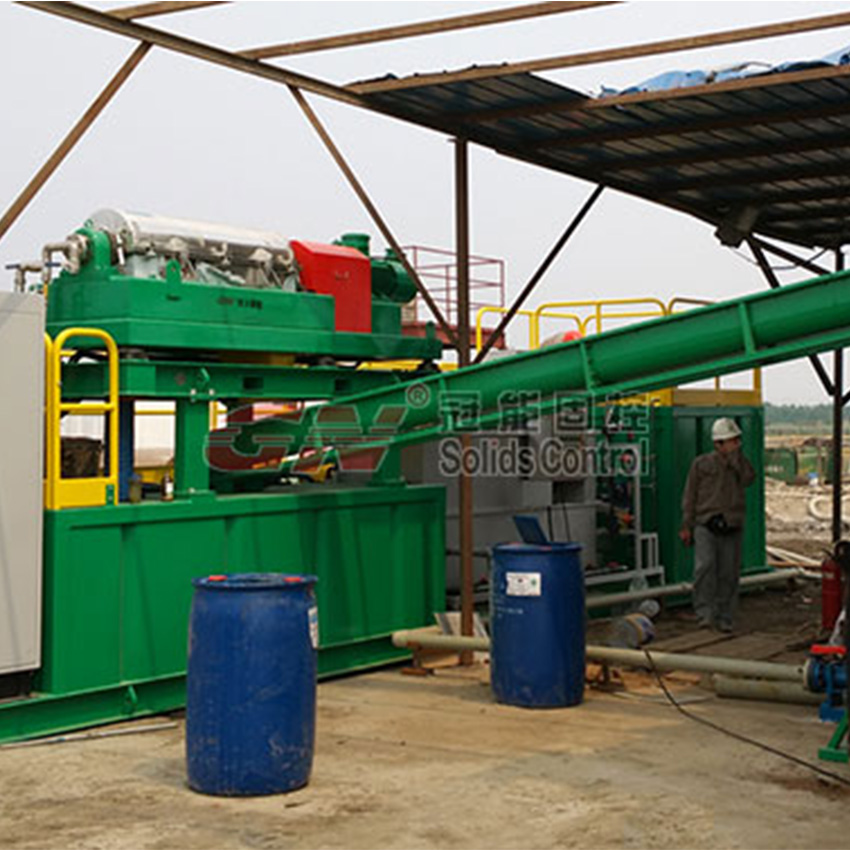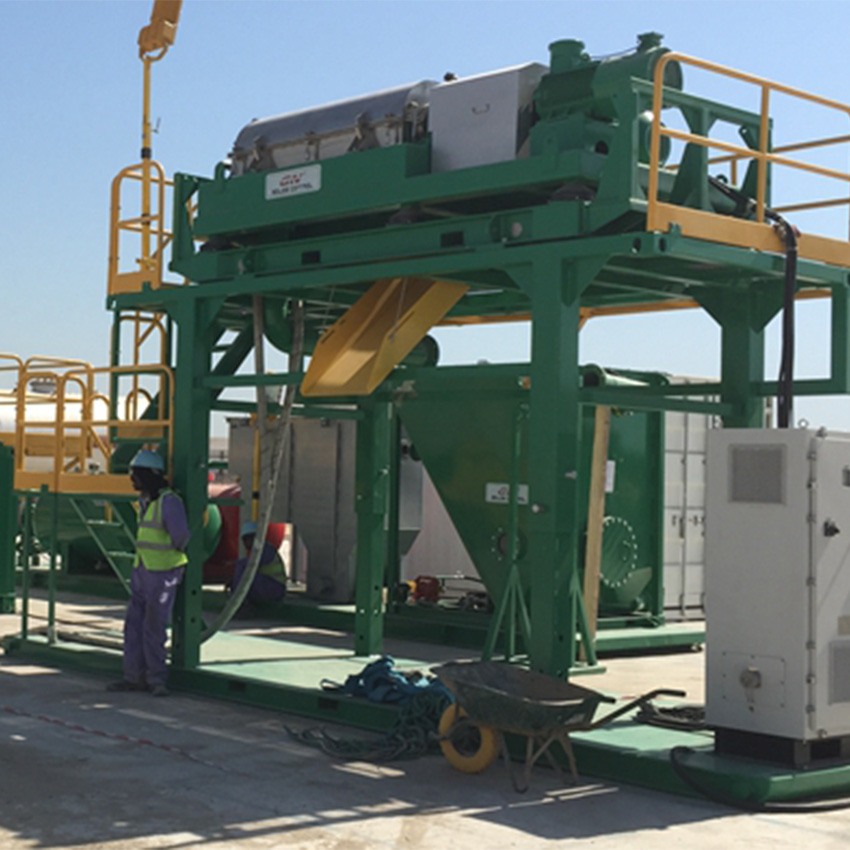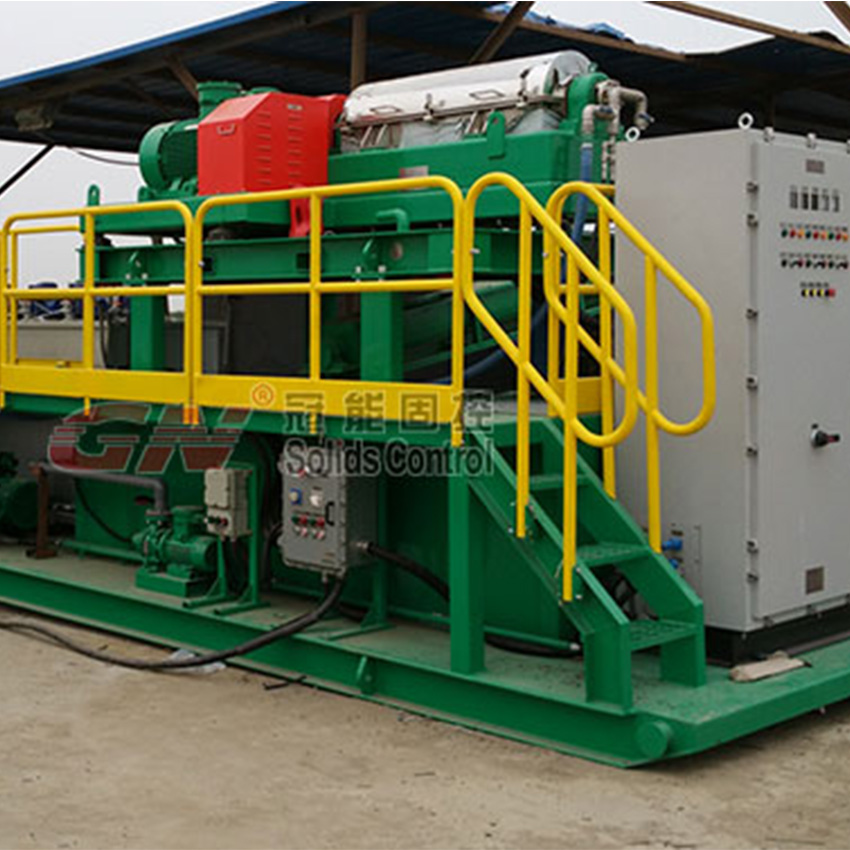Views: 0 Author: Site Editor Publish Time: 2024-03-20 Origin: Site








 |  |
 |  |
GN Oil Sludge Decanter Centrifuge
Refineries and petrochemical plants generate wastewater contaminated with oil as a byproduct of crude oil processing. The treatment of this wastewater involves separating it into its primary components: oil, water, and solids. The main objective is to recover as much oil as possible while efficiently disposing of the remaining components. An essential equipment for this purpose is the Oil Sludge Decanter Centrifuge , also known as the Tricanter or 3 Phase Decanter Centrifuge, which facilitates the separation of oil, water, and solids.
The initial step of the process involves static separation. In this step, the oil rises to the surface, while the solids settle at the bottom of the API separator, forming sludge. Between these two components, a water phase is formed. The floating surface layer and the sludge from the static separation undergo consolidation and further processing to create oil sludge. Considering these aspects, the GN Oil Sludge Decanter Centrifuge can efficiently separates the three-phase mixture of oil, water, and solids in a single step. The processing of oil sludge involves heating the slop oil, adding emulsion breaker and flocculants, and ultimately separating the oil, water, and solids using the GN Oil Sludge Decanter Centrifuge. Pre-treating the oil with this equipment is crucial for process efficiency. Heating reduces oil viscosity, and the addition of emulsion breaker aids in separation. Additionally, polymer flocculation or precipitation agents can be introduced to enhance the separation of fine solid particles.
The operation of the GN Oil Sludge Decanter Centrifuge (Tricanter / 3 Phase Decanter Centrifuge) is based on the principle of sedimentation, where solid particles with specific liquid weight settle within a predetermined time. This principle can also be applied to two immiscible liquids with different specific gravities. When the material enters the high-speed rotating drum, it rotates synchronously with the drum. Due to varying specific gravities, the centrifugal force acting on different components differs. Solid particles with higher specific gravity experience the greatest centrifugal force, followed by the heavy phase liquid (e.g., water) and the light phase liquid (e.g., oil). As a result, the centrifugal force decreases from the outer to inner layers of the drum based on magnitude. This process creates a concentric solid layer and two liquid layers. The solids are discharged by the screw conveyor, while the liquids are extracted through their respective nozzles. Therefore, the application of the 3-phase decanter centrifuge allows for the separation of both solid particles and two immiscible liquids with different specific gravities in the material, thereby achieving solid-liquid-liquid separation.
Specifications of GN Oil Sludge Decanter Centrifuge
Model | GNLWS-364 | GNLWS-454 | GNLWS-554 |
Type | Continues Oil / Water / Solids Separation | ||
Bowl Dia | 360mm | 450mm | 550mm |
Bowl Length | 1567mm | 1947mm | 2347mm |
Capacity | 5 m3/h | 10 m3/h | 15m3/h |
Max Speed | 4000 RPM | 3600 RPM | 3000 RPM |
Max G Force | 3225 G | 3265 G | 2772 G |
Diff. Speed | 0-30 RPM | 0-30 RPM | 0-30 RPM |
Main Drive | 22/30 KW | 37/45 KW | 55/75 KW |
Back Drive | 7.5 KW | 11/15 KW | 18.5/22KW |
Lubrication | Grease | Grease | Oil Pump |
Oil Pump Size | N/A | N/A | 0.37 KW |
Feed Material | Solids Less 10% and Particle Size less than 2mm | ||
The above specification and parameters for reference only. | |||
